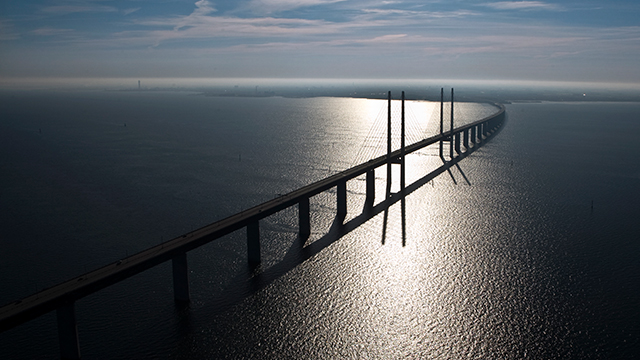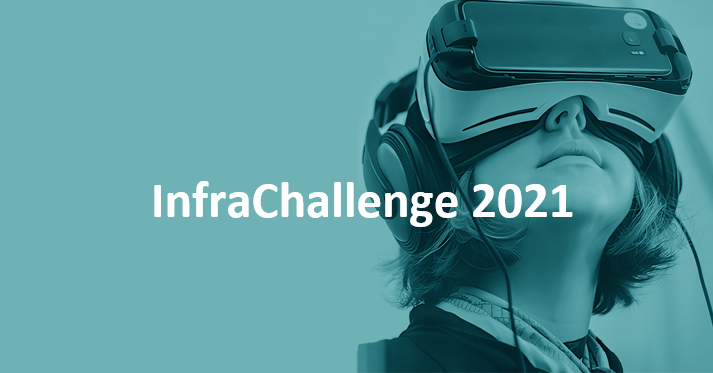1021 results found
Featured results



More results
Cross-border infrastructure is essential for connectivity. The GI Hub has created a reference guide that presents key learnings and global practices for successful cross-border projects, drawing from a comprehensive literature review, analysis of case studies and the input of international experts in cross-border projects.
The future of infrastructure mega-projects was explored recently by an international panel of experts in a webinar co-hosted by the Columbia University School of Professional Studies and Global Infrastructure Hub. The event took place as the global community begins looking towards a period of post-pandemic recovery and what the future of infrastructure may look like.
InfraChallenge is looking for practical and scalable tech-based ideas for building and maintaining better, more resilient infrastructure.
How can hospital PPPs learn from the past to adapt for a post-COVID world?
As issues such as energy security, environmental protection and climate change become increasingly prominent, accelerating the development of new energy has become the general consensus and concerted action of the international community in order to promote energy generation transformation and address climate change.
The Housing & Development Board (HDB) is Singapore's public housing authority.
As a part of a Balanced National Development project, the project is planning to build a 174.2km long railway starting from Gimcheon, Gyeongsangbuk-do to Geoje, Gyeongsangnam-do.
Toyama City is now a global role model as a Compact City, but Toyama used to be a typical Japanese city challenged by urban sprawl with an ageing and declining population
Incheon Bridge is the world?s 5th longest cable-stayed sea crossings. It connects to 2nd and 3rd Kyungin and Seohaean expressway, and as a result shortens the journey time from Seoul metropolitan areas to Incheon Int?l Airport by 40 minutes.
Fukuoka City is one of the most prominent cities in Japan today
Taiyuan, like most northern cities in China, faces a serious shortage of clean heating and heat sources. Under the double pressure of environmental protection and people's livelihood, the Taiyuan government has adopted a low-cost, low energy consumption, environmental protection, which takes into account environment, peoples? livelihood and safety such as the Gujiao power plant, a long-distance transmission heat supply project using waste disposal heat.
Parties involved (public and private): The investment and construction of the project follows a "1 + 1 + X" model for investment and construction: 1 is the power company, 1 is the local government platform company, X is the social capital, which together forms the formation of multi-party joint platform company
Since the large-scale construction project was started in 1979, the Beijing Natural Gas Utilization System Project’s total investment has exceeded 30 billion RMB
Construct and operate 9 sections of expressway.
The project covers four towns around the county, benefiting 13,300 households and 126,300 people.After the implementation of the project, the average annual water saving is 21.58 million m3, and the water saving rate is 48.6%.
The project includes three subprojects: transfer solid waste to electricity, transfer food leftovers to biogas, transfer food leftovers to biodiesel.
Erhai Lake, whose basin area is 2,565 square kilometers with 117 rivers flowing into the lake, is the main drinking water source of the City of Dali, covering 16 villages and towns of Dali with a population of 833,000 people.
Metro Rail Transit Line 3 was put into service in 2000 and for the first 12 years
A Dedicated initiative co-curated by Small Island Developing States (SIDS) and CDRI partners to promote resilient, sustainable, and inclusive infrastructure development in SIDS





 Cross-border Infrastructure
Cross-border Infrastructure





